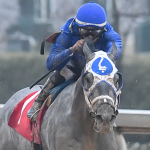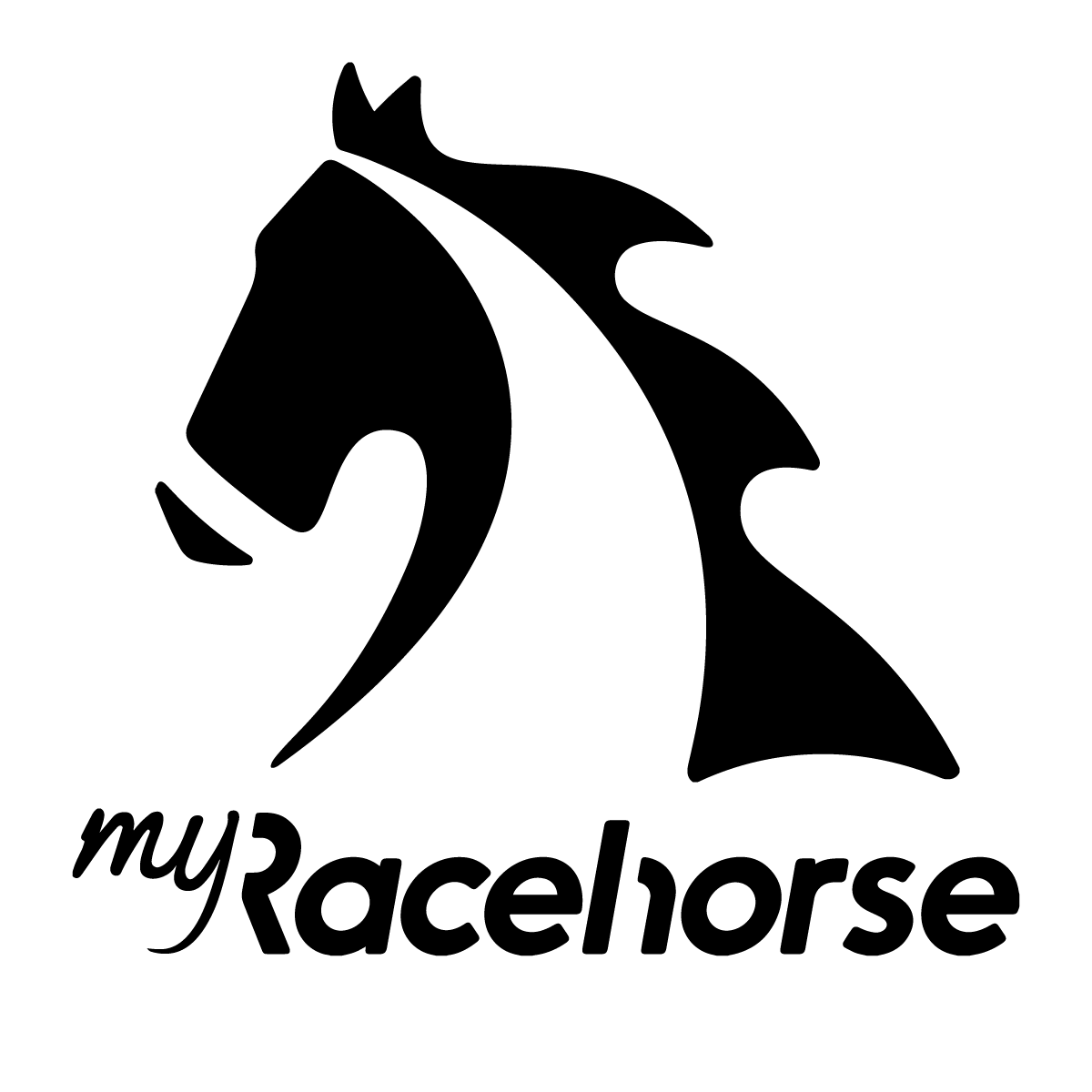
Preakness Quick Sheet: Get to Know the 2021 Preakness Horses

There I was. In line, at the betting window at Oaklawn Park, in Hot Springs, Ark.
“So, what am I supposed to do?”
I might’ve felt a bit of panic. After all, it was my first time placing a real-life wager at an actual racetrack. I could feel those final few minutes to the race ticking away, as well as the encroaching energy of the anxious bettor creeping up behind me. It was almost my turn to spit out the play to a teller who was about to print me a ticket for my first ever live horse wager.
“Just pick three horses and say you want a $0.50 trifecta box,” my friend instructed.
And so, I did. Just like that, I had my first experience betting on horses, and my first attempt at hitting a trifecta — which means picking the first three finishers in the race, as I had recently learned at the point.
I would venture to guess that many people have very similar stories. They learn how to handicap, or analyze the races, and then bet “boxed trifectas” for each of that day’s 10 races at the track.
For the lucky few, there’s a cashed ticket or two, but more often than not — in those early days — there are bunch of swings and misses.
Once I became more familiar with the game, I found that moving past box wagering and into more creative structures allowed me to cash more trifecta tickets. I began to recognize that different structures were necessary for different situations and that allowed me to improve ROI (return on investment).
Here are three situations and a structure for each situation. The key is to have an opinion on the favorite in the race.
In this situation it’s my opinion that there is a weak favorite in the race and I have multiple horses at bigger prices on the tote board with whom I want to try to beat the favorite. It’s OK to place a win bet on both of the overlay horses, but hitting the trifecta with one of those overlays on top can be much more lucrative.

To be clear, an overlay is a horse whose odds are higher than what the bettor thinks they should be — and those horses always present the best opportunities to make a big score.
In the structure example below A will be the favorite, B and C will be my overlays, and D will be another horse I think can hit the board. Note, that you don’t have to stop at D. If it’s a wide-open race and many horses have a chance, you can add as many horses to third as you need at a $2 per-horse rate.
BC/ABC/ABCD (BC with ABC with ABCD) - $4.00 wager at a $0.50 base wager.
The upside of this structure is that if the favorite is indeed weak, you are covered if the favorite doesn’t finish first or third, and the payout most likely increases drastically if that happens.
Sometimes, there’s no getting around a favorite. They tower over the field and John Q. Bettingpublic has bet the favorite down to below even money. Accepting that the horse will win and keying on top in a trifecta (using only that horse in the first position) is a cheap way to turn a 1-5 horse into a 3-1 if your other horses finish second and third. In this structure A is my lock of a favorite, and all other letters are horses who look competitive for 2nd and third.
A/BCD/BCD (A with BCD with BCD) $3.00 wager at a $0.50 base wager.
One thing that’s worth noting in this structure is that by keying an opinion on top the cost of the wager is the same as a three-horse box wager at the base wager amount, but I get the coverage of one additional horse.
This is a scenario in which there’s a heavy favorite on the board who looks beatable but not that beatable. You may think the horse is slightly vulnerable and that the horse, at minimum, will finish second. In this scenario you can utilize that opinion by keying the horse, but in second place. Once again, A is my favorite and all other letters are my horses I think could finish in first or third.
BCD/A/BCD (BCD with A with BCD) $3.00 wager at a $0.50 base wager.
Once again, you’re getting an additional horse for coverage for the same price as a three-horse box. More horses can be added to third to cover possible surprises and the price of the ticket is still economical.
Here’s hoping you’ve found some of these tips on structuring your wagers helpful. If you happen to have additional questions or would like to test out these approaches in real-life scenarios, I’m always happy to talk through strategy. You can find me at just about all hours of the day on Twitter. Good luck!

Please fill out the form below to request information about race horse ownership.